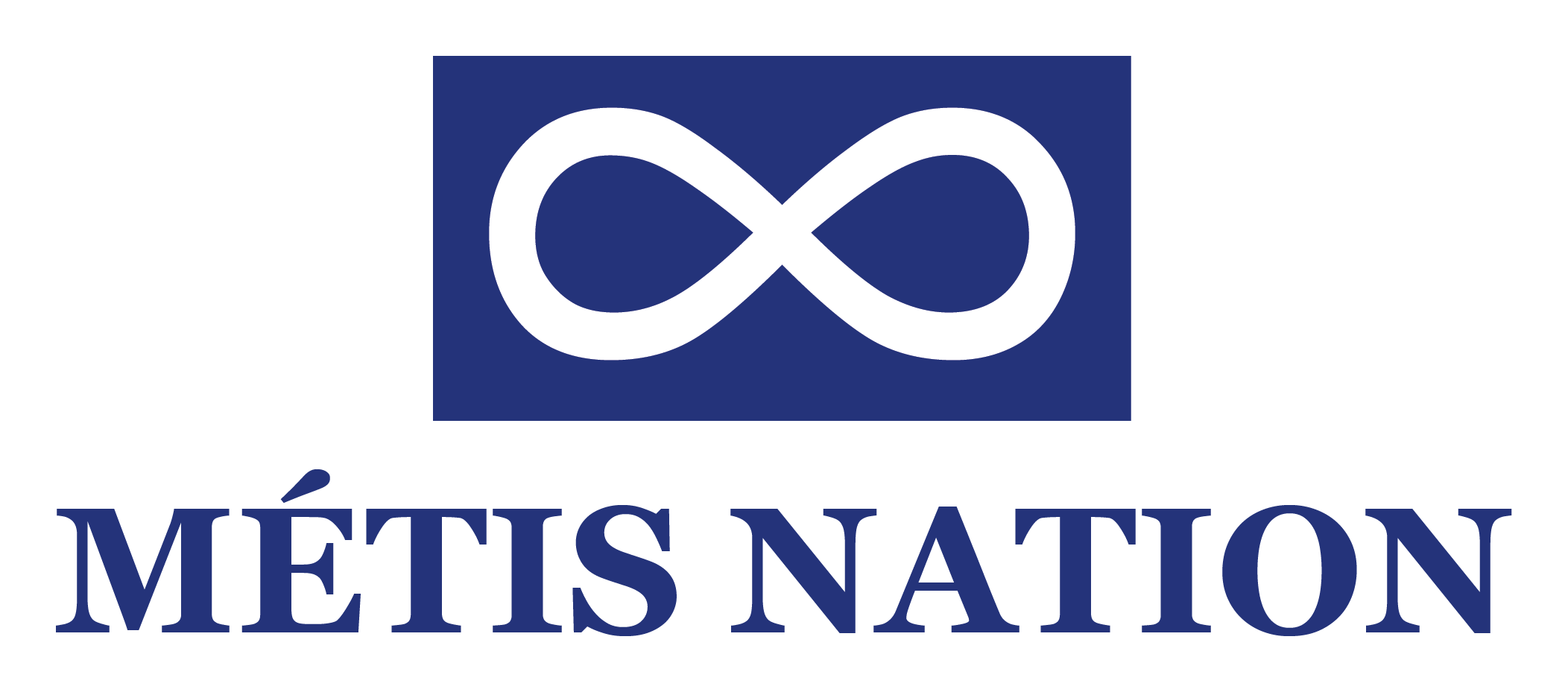
First Nations from coast to coast to coast have lived through major periods of disruption, through ice ages and the emergence into warm periods, colonialism and its lasting impacts, and now climate change. “And now we're rebuilding.” Hereditary Chief Frank Brown of the Haíɫzaqv Nation, Bella Bella, British Columbia explains that “in a time of climate change and biodiversity loss, it's imperative that when we rebuild that we rebuild in a way that the infrastructure meets the needs of our communities, that have been in place for 14,000 years and have an incredible story to tell.”
“Our people were here for millennia long before Canada was even dreamed of. Our people were here. Before the pyramids were built in Egypt, our people were here. Living and dying by the ocean, imagine. That's who our people are.”
- Hereditary Chief Frank Brown
Climate resilience refers to how well a system, or a community, can manage and thrive in a changing climate. Planning for and responding to climate hazards, and taking actions to reduce emissions are all related to improving a community’s climate resilience. Resilience is also a holistic concept, embedded in culture, identity, language, teachings, and day-to-day lives.
Gitxsan author Hetxw'ms Gyetxw’s (Brett Huson) outlines core principles of resilience that are found in the world views, practices, knowledges, and cultures of First Nations. These principles are used to organize the voices of First Nations leaders as they speak to resilience, and are further supported by excerpts from the For Our Future: Indigenous Resilience Report which reflects the voices of many.
Read More: For Our Future: Indigenous Resilience Report
Released in 2024, The For Our Futures: Indigenous Resilience Report is an Indigenous-led report reflecting the knowledge systems and perspectives of First Nations, Inuit, and Métis people. The report was compiled with the contributions from more than 20 Indigenous authors and reviewers from diverse backgrounds and roles, as well as many other partners and affiliated organizations.
The objective of this report is “to recognize, highlight and elevate Indigenous Knowledge, rights, expertise, issues, perspectives and experiences concerning climate change and its impacts within Canada.” Examples of research, community experiences, stories, and case studies are highlighted in the report and presented in a meaningful way.
The authors outlined 12 principles that guided the report, which are closely tied to resilience.
- Agency
- Diversity
- Hope and Love
- Indigenous Knowledge and lived experience
- Indigenous-led approaches
- Legacy of colonization and dispossession
- Natural laws
- Relationships
- Rights-holders and lands
- Self-determination and Governance
- Urgency
- Valuing Youth
Find a description of each of the principles, as well as the full report here
Interconnectedness and Reciprocity
First Nations communities view the world as an interconnected web where humans, animals, plants, and the land are interdependent. This holistic perspective fosters a sense of responsibility and care for the environment, supporting community resilience.
- Hetxw'ms Gyetxw’s (Brett Huson)
The late Leona Humchitt teaches us “Hasahis andits ailacan, which means, protecting our world.” Resilience is a collective effort, and with the long term impacts of climate change it is critical that generations and nations work together. Leona was a driver of climate action in B.C and led the Haíɫzaqv Climate Action Team. She spoke to the reciprocity and connectivity that needs to occur to move forward in a good way. “To be Haíɫzaqv is to speak and act correctly, we take care of the land, water, and resources and it takes care of us."
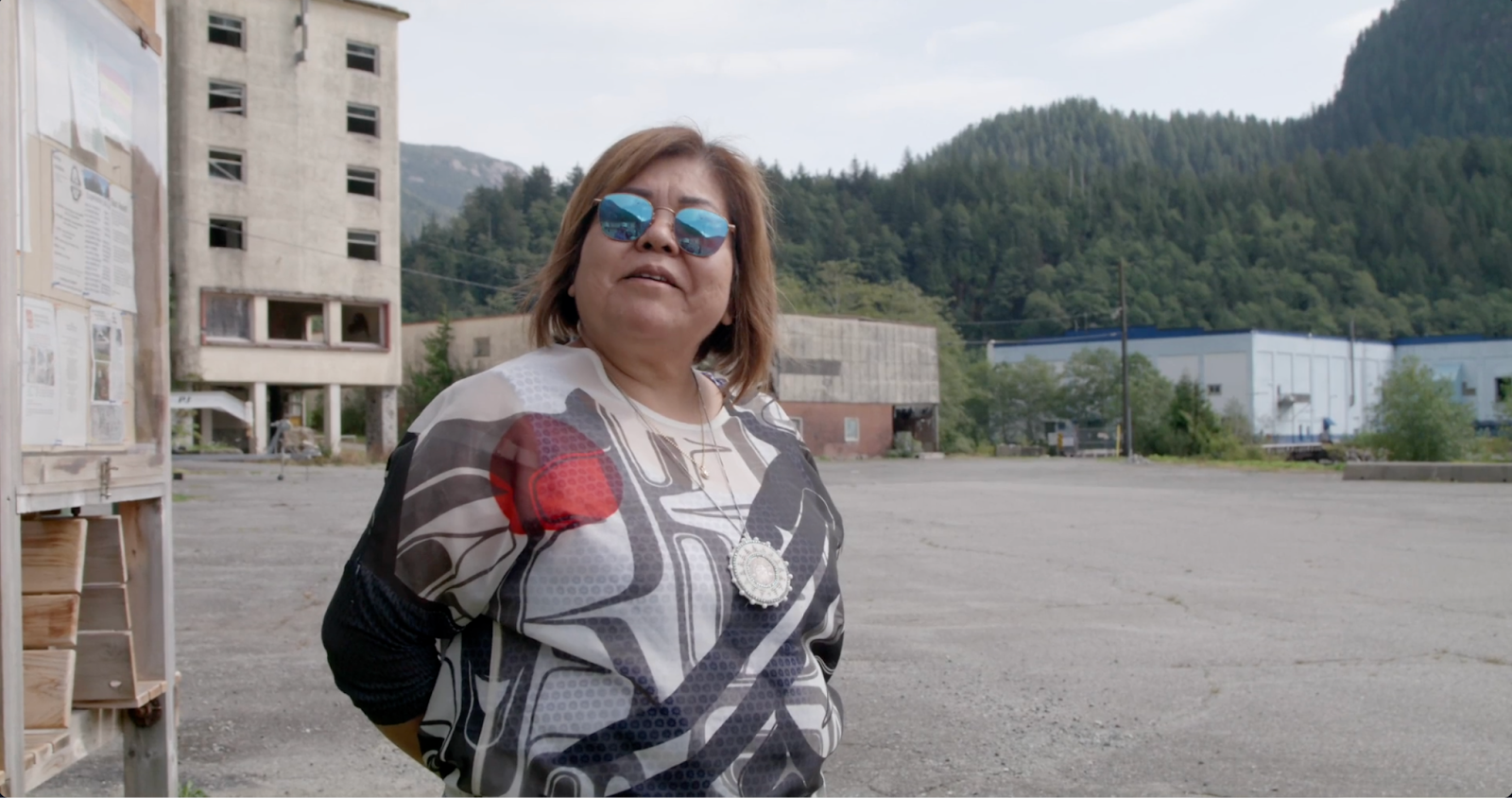
The principles of reciprocity and interconnectedness go beyond human relationships, they include the Land and the more than human relations. The authors of the For our Future: Indigenous Resilience Report communicate this: “When you live with the Land in relationship and reciprocity, you see and experience the interconnectedness of things. You feel things in an interconnected way. The ways that we have responded to climate change include interconnected approaches, and this must continue as we find solutions to current and future changes”
William Housty of the Haíɫzaqv Integrated Resources Management Department teaches how ingrained this interconnectivity between the Haíɫzaqv people and the land is in their culture and language “The word management doesn't even have a word in our language because our people didn't manage things they lived with them, and took care of them together. Resource management isn't just something you do, it's something you live and it's something that's been in our ancestors since the very beginning of time. We still incorporate the same values of respect, reciprocity and love to the resources so they’ll be able to take care of us as well.”
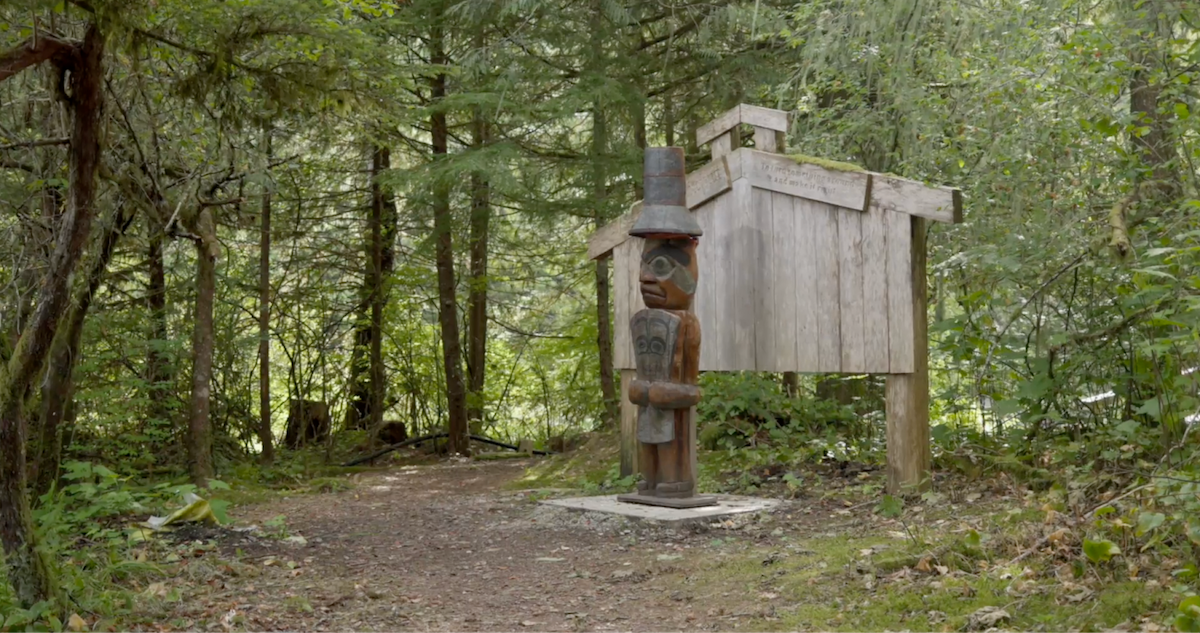
Adaptability, Innovation, and Sustainable Living Practices
First Nations peoples have a long history of adapting to changing environments. This includes using cultural knowledge and laws to manage natural resources. For example, practices such as controlled burns to manage forest health demonstrate a proactive approach to environmental stewardship.
- Hetxw'ms Gyetxw’s (Brett Huson)
First Nations often emphasize sustainability and living in harmony with all beings that are part of the community’s surrounding ecosystem. This includes using resources to ensure their availability for future generations, a key aspect of resilience.
- Hetxw'ms Gyetxw’s (Brett Huson)
Aria Reid is a youth working with the Haíɫzaqv Climate Action Team. The community led organization focuses on bringing clean energy to their community and increasing climate resiliency. While the technology her team is trying to implement may be modern, the teachings and intentions behind their work have been passed down through generations.
Reid explains that adaptability and innovation have been at the core of her community and culture for time immemorial. “It’s important to remember the ancestral ways of our people and to really integrate that into the work we do… We as Indigenous people since time immemorial have been the caretakers of this land… We've always been a people of adaptation, continuity, and sustainability. So we know how to sustain our resources and our ecosystems and keep them healthy.”
For Humchitt this work involves looking both to the past and to the future. “We struggle with the fact that since colonization and capitalism happened upon our people, our resources are in such a stark decline. The work that we’re doing is looking to the past to strengthen what we're doing and future proofing all of our land, water, resources, our culture, and language.” Essential to building climate resilience through the generations is the ability of communities to be self-determined in their course of action. Climate change adaptation should be led by communities and rooted in Indigenous knowledge systems. [For our Future] “For our future generations it’s really important that we continue to find the people that are out there that are genuine, and wanting to support Indigenous-led governance and economy… “
These principles of self-determination and Indigenous-led action are echoed by the authors of the For Our Futures Report, noting that they are “critical for effective adaptation and to actively address the compounding impacts of climate change as well as historical and ongoing forms of colonialism. Supporting Indigenous self-determination, recognizing Indigenous Peoples’ rights and supporting Indigenous knowledge-based adaptation are critical to reducing climate change risks and achieving success with climate action.”
Cultural Continuity, and Community Cohesion and Support:
Maintaining cultural practices, languages, and laws strengthens community bonds and identity, which are crucial for resilience. These cultural elements provide a foundation for coping with and adapting to challenges, including climate change.
- Hetxw'ms Gyetxw’s (Brett Huson)
Chief Brown speaks to how the continuity of culture is ingrained in their community infrastructure. “The infrastructure of our society such as big houses, canoes, clam gardens, salmon weirs, were all created over time through learning from the natural world and that was foundational. And it still sustains our people today. And it’s that value and ethic informing how we're moving forward.”
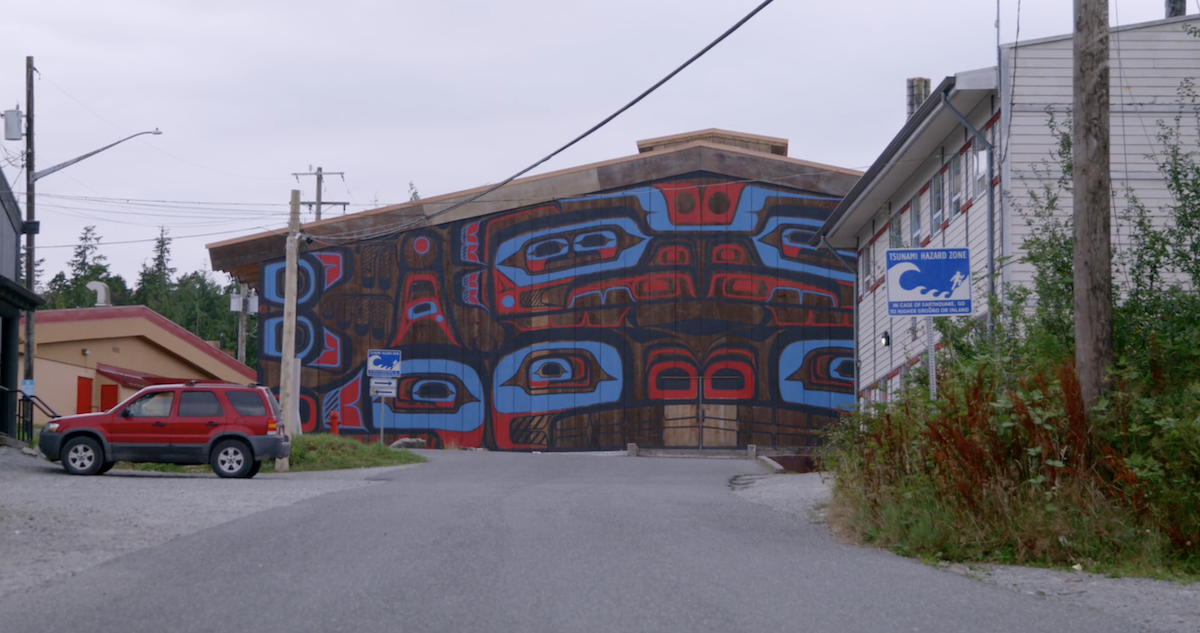
First Nations’ robust social networks and communal support systems testify to their strength and resilience. These enable collective action and mutual aid in times of crisis. This communal approach ensures that knowledge and resources are shared, enhancing overall resilience.
- Hetxw'ms Gyetxw’s (Brett Huson)
For the first time in 120 years, the community in Bella Bella has a Big House that provides a place for gathering, cultural practices, and connection. “Every piece of wood, every piece of tree, pole is from our territory. My ancestors probably walked by these trees at one time”. Maxwell Johnson Sr. is a Master artist and the caretaker and custodian of the Big House in Bella Bella. To him, every piece of the big house holds meaning and brings together the long history of the community. “I feel our ancestors, I feel 700 generations of people sitting here and they are smiling down at us from the spirit world because so many of them wanted this Big House but they passed on before they could see their dream come alive. So 700 generations to raise a child, to raise me, to raise my grandson, to raise my nieces and nephews.”
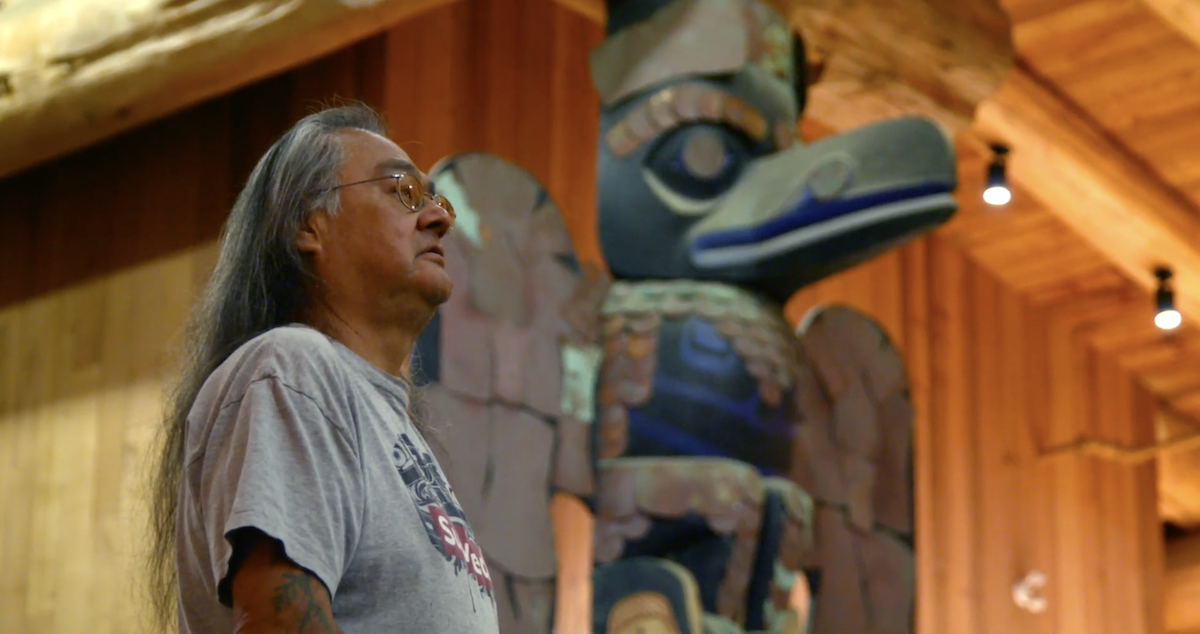
These principles of continuity and community cohesion are at the heart of climate resilience. Youth have an incredibly important role in upholding these knowledges and principles, for the present and the future. According to Reid, “As an Indigenous youth, we definitely experience the responsibility of generational knowledge. Not only taking in that knowledge and preserving it, but also passing it on to the next generation when it's our time. That's a big role of youth and climate change and climate action.”
While Reid feels the responsibility as a youth, Chief Brown reinforces that this is a collective effort. “The work that we're doing, we can't do by ourselves. In fact, it's gonna take all of us to work together to ensure the health and wellness of our future generations, …we want to make sure that there's something there for our children and our grandchildren.”
Recommended Article Citation
Climate Atlas of Canada. (n.d.) Climate Resilience in Community and Culture. Prairie Climate Centre. https://climateatlas.ca/climate-resilience-community-and-culture









.png)
